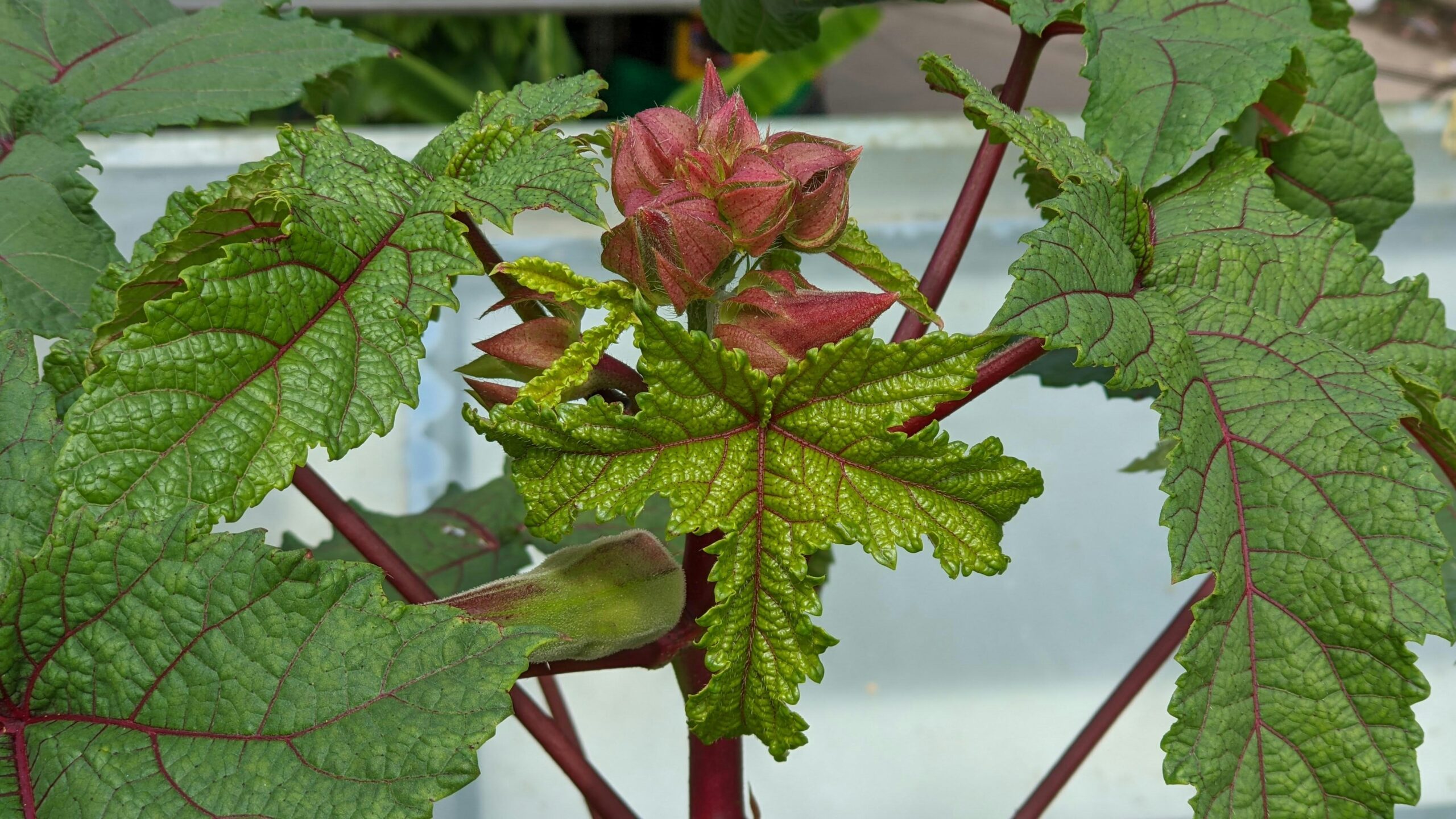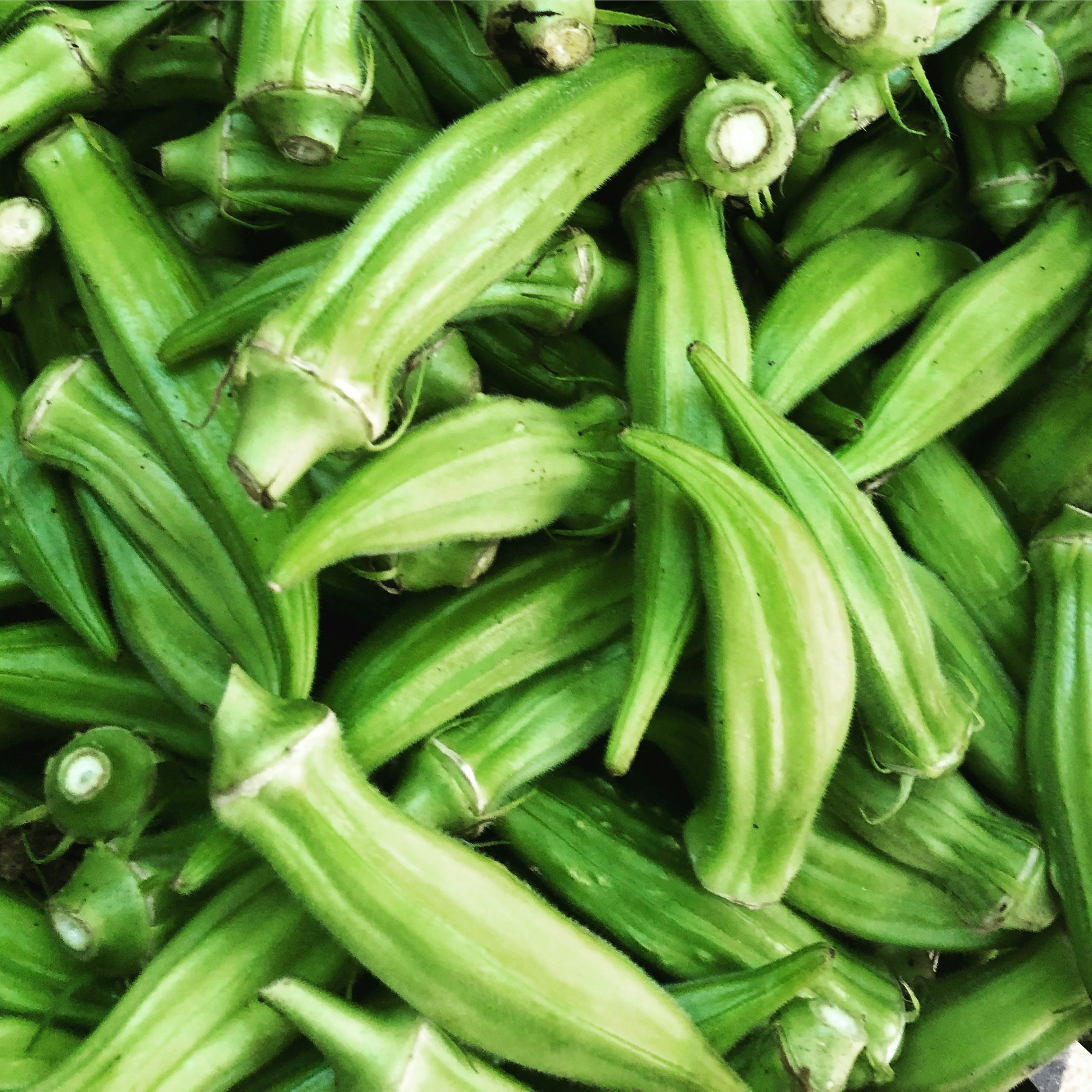Have you ever wondered what magic ingredient gives Southern dishes their unique texture and flavor? If you’re thinking about okra, you’re on the right track. Often dubbed the “caviar of the South,” okra is a staple in Southern kitchens and is cherished for its versatility, earthy flavor, and slightly slimy texture, which some folks, believe it or not, find particularly appealing. Let’s embark on a culinary journey through Southern kitchens to uncover the myriad ways okra is harnessed, celebrated, and devoured.

A Brief History of Okra in the South
Before diving into the delicious specifics of okra usage in Southern cooking, let’s take a moment to appreciate its rich history. Okra’s journey to the Southern United States is as compelling as the recipes it stars in. This humble pod originally hails from the regions of Africa and was brought overseas during the infamous and tragic era of the transatlantic slave trade. Enslaved Africans brought this plant with them, sowing seeds of their beloved cuisine and culture into the Southern soil.
Fast forward a few centuries, and okra is now synonymous with Southern cooking. Its journey from a West African staple to a Southern delicacy epitomizes resilience and adaptability—traits that are deeply rooted in the soul of Southern culinary traditions.
Understanding the Okra Plant
What Does Okra Look Like?
If you’ve never laid eyes on one, okra is a green, finger-like pod that looks a bit like a cross between a pepper and a squash. Its vibrant hue is a visual cue to its freshness, and the ridge-lined skin encasing the pod is firm yet tender. Inside, you’ll find small, edible seeds, swimming in a somewhat mucilaginous substance. Yes, that’s a fancy way of saying slimy, but more on that later.
Nutritional Content of Okra
Despite its simplicity, okra is a nutritional powerhouse. It’s low in calories but high in fiber, making it an excellent dietary choice if you’re looking to keep things light. But that’s not all. It houses a significant amount of essential nutrients like vitamins C and K, and it’s also a decent source of magnesium and folate. Here’s a quick look at the nutritional breakdown per 100 grams of okra:
| Nutrient | Amount |
|---|---|
| Calories | 33 kcal |
| Total Fat | 0.2 g |
| Carbohydrates | 7.5 g |
| Dietary Fiber | 3.2 g |
| Sugars | 1.5 g |
| Protein | 1.9 g |
| Vitamin C | 36% of RDI |
| Vitamin K | 31% of RDI |
| Magnesium | 14% of RDI |
| Folate | 15% of RDI |
The next time you ponder over okra in the grocery aisle, remember it’s not just a good source of dietary fiber, but it also packs plenty of health-promoting vitamins and minerals.
The Texture of Okra: A Glimpse into the Slimy Science
Before you wrinkle your nose at the word ‘slimy,’ consider this: it’s precisely this distinctive texture that makes okra such an effective ingredient in thickening stews and soups. The mucilage in okra serves as a natural thickener. When you cut the pod, this viscous liquid is released, turning soups and stews from watery to wonderfully luscious.
People often ask, “How can you minimize the slime if you’re not a fan?” Try soaking okra in vinegar for a while before cooking, or sautéing it quickly over high heat. Both techniques reduce mucilage, making okra crispier and less gooey. But for thickening purposes in gumbos, stews, and soups, embrace the slime—it’s nature’s way of making your dishes richly textured.
Star of the Southern Table: Popular Okra Dishes
Gumbo
Let’s begin with perhaps the most famous Southern dish featuring okra: gumbo. Originating from Louisiana, gumbo is a hearty stew that showcases a blend of African, French, and Spanish culinary influences, reflecting the diverse history of the region.
While recipes vary, a traditional gumbo always comprises a flavorful mix of vegetables (including okra), meat or seafood, and a rich stock. Okra thickens the stew, bringing it to life with a unique texture. Imagine this: your spoon diving into a hot, steaming bowl, with chunks of sausage or shrimp crowding your taste buds, all enhanced by okra’s subtle, earthy flavor. That, right there, is gumbo magic.
Fried Okra
Fried foods hold a special place in Southern hearts—and fried okra is no exception. If you’ve never tasted it crispy and golden brown, you’re in for an adventure. It’s a simple treatment: slice the okra, coat it in a seasoned cornmeal batter, then fry until it’s crunchy. The result? A delightful snack or side dish that’s irresistible. With each satisfying bite, you get a little taste of the South’s irresistible love for battered and fried delights.
Okra and Tomatoes
Another traditional Southern dish that showcases okra’s unique qualities is okra and tomatoes. It’s a humble, homely dish, full of garden-fresh goodness. Picture fresh okra stewing with juicy, ripe tomatoes until they meld into a tantalizing tangy-sweet blend. This simple combination brings together the best of Southern harvests and pairs perfectly with almost any main dish.
Pickled Okra
If you have a penchant for tangy foods, pickled okra might just become your new best friend. Pickling is a centuries-old preservation method that Southern cooks have mastered. Crisp, spicy, and slightly sour, pickled okra is an exquisite snack out of the jar and a fantastic garnish for cocktails, particularly the Southern staple—Bloody Mary.

Okra: The Go-To Soups and Stews Ingredient
Thickening Southern Classics
Think of your favorite soups or stews; now imagine how much better they’d be if they had just the right thickness to hug your spoon. That’s where okra steps in. In Southern kitchens, it’s widely appreciated not just for its flavor but also for its utility as a thickening agent.
One of the hallmarks of a good gumbo is its texture. The okra in these concoctions works its magic by releasing its mucilage, adding that velvety consistency without the need for excess flour or roux.
Okra in Seafood Stew
This interesting use of okra comes into play with seafood stews. The Southern coastline’s bounty of the sea, combined with okra’s garden-fresh flavor, makes for a dish that is rich, savory, and full of local pride. This seamless blend of plant and sea is a celebrated part of Southern culinary tradition, offering a dish that’s both familiar yet delightfully varied with each cook’s touch.
Cooking with Okra: Tips and Tricks
Selecting and Storing Okra
To get the best out of your okra, start by choosing the freshest pods. Look for smooth, green pods without any blemishes or browning. They should be firm to the touch but yield slightly when squeezed gently.
Storing okra correctly is just as crucial. Keep your pods unwashed in a paper bag in the refrigerator. They’ll stay fresh for about three to four days. If you have a bountiful harvest from your garden, consider freezing them. Just slice, blanch, and freeze for long-term storage.
Techniques to Minimize Sliminess
Not everyone is a fan of okra’s natural gooeyness, and that’s okay. If you prefer your okra prepared with less slime, here are some quick tips:
-
Vinegar Soak: A quick soak in vinegar can help reduce sliminess before cooking.
-
High-Heat Cooking: Methods like roasting, frying, or grilling at high temperatures can lessen mucilage release.
-
Minimal Stirring: When adding to soups or stews, the less you stir, the less you’ll activate the slime.
Try these out and reclaim okra’s charm without the texture you might not desire.

The Cultural Significance of Okra in Southern Cuisine
Beyond its culinary applications, okra holds a storied place in Southern history and culture. It’s not just a staple—it’s a symbol of the melding of various cultures and traditions that have evolved into what we now call Southern cooking. Each dish that features okra tells the story of resilience, adaptation, and creativity.
You have, in okra, a bridge between worlds, carrying the memories and techniques from across oceans and generations. Within every Southern dish featuring okra, you taste a slice of history, whispering tales of change, struggles, and culinary triumphs.
Pairing Okra: Flavors That Complement
Finding flavors to pair with okra is like discovering a well-balanced symphony—each note enhances the other. Here are a few pairings to consider:
Herbs and Spices
- Cajun Spice: Add depth and heat—perfect for gumbo.
- Garlic and Onion: Universal primers for nearly any okra dish.
- Paprika: Offers a smoky backdrop to okra’s earthy tones.
Accompaniments
- Tomatoes: Their acidity balances okra’s texture.
- Cornmeal: An ultimate companion for fried okra.
- Sausage and Seafood: Perfect partners in Gumbo.
With these pairings, you can appreciate okra’s versatility, making it a delightful ingredient to experiment with.
Conclusion: Embrace the Wonder of Okra
In the grand tapestry of Southern cooking, okra stands out not just for its taste and texture, but for its enduring cultural significance. From gumbos to fried sides, and pickles that pack a punch, the variety of uses for okra is a testament to the inventiveness inherent in Southern cooking.
So, next time you find yourself in front of a plate featuring okra, remember the history, the craft, and the threads that have woven this green pod into the heart of Southern cuisine. Embrace the slightly slippery texture, the crunchy bite of frying, or the tangy burst from pickling—and cherish the rich heritage it represents.
You are now armed with knowledge, appreciation, and hopefully a bit of excitement for okra and its prominent role in the soulful and spirited world of Southern cooking.

